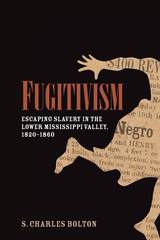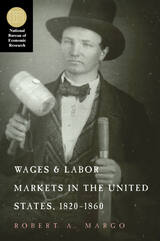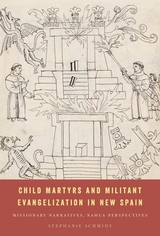

In the mid-nineteenth century writers such as Nathaniel Hawthorne and Herman Melville produced works of fiction that even today, centuries later, help to define what American literature means. In this work of innovative literary history, Jonathan Arac explains what made this remarkable creativity possible and what it accomplished. His work also delves into a deep paradox that has haunted American literature: our nation's great works of literary narrative place themselves at a tense distance from our national life.
Arac prepares the way with substantial critical readings of masterpieces such as Moby-Dick, The Scarlet Letter, Uncle Tom's Cabin, and the Narrative of Frederick Douglass, as well as astute commentary on dozens of other works of fiction, comic sketches, life testimony, and history. His interpretation demonstrates how the national crisis over slavery around 1850 led writers to invent new forms. In light of this analysis, Arac proposes an explanation for the shifting relations between prose narratives and American political history; he shows how these new works changed the understanding of what prose narrative was capable of doing--and how this moment when the literary writer was redefined as an artist inaugurated a continuing crisis in the relation of narrative to its public.

Winner, 2020 Booker Worthen Literary Prize
During the antebellum years, over 750,000 enslaved people were taken to the Lower Mississippi Valley, where two-thirds of them were sold in the slave markets of New Orleans, Natchez, and Memphis. Those who ended up in Louisiana found themselves in an environment of swamplands, sugar plantations, French-speaking creoles, and the exotic metropolis of New Orleans. Those sold to planters in the newly-opened Mississippi Delta cleared land and cultivated cotton for owners who had moved west to get rich as quickly as possible, driving this labor force to harsh extremes.
Like enslaved people all over the South, those in the Lower Mississippi Valley left home at night for clandestine parties or religious meetings, sometimes “laying out” nearby for a few days or weeks. Some of them fled to New Orleans and other southern cities where they could find refuge in the subculture of slaves and free blacks living there, and a few attempted to live permanently free in the swamps and forests of the surrounding area. Fugitives also tried to returnto eastern slave states to rejoin families from whom they had been separated. Some sought freedom on the northern side of the Ohio River; othersfled to Mexico for the same purpose.
Fugitivism provides a wealth of new information taken from advertisements, newspaper accounts, and court records. It explains how escapees made use of steamboat transportation, how urban runaways differed from their rural counterparts, how enslaved people were victimized by slave stealers, how conflicts between black fugitives and the white people who tried to capture them encouraged a culture of violence in the South, and how runaway slaves from the Lower Mississippi Valley influenced the abolitionist movement in the North.
Readers will discover that along with an end to oppression, freedom-seeking slaves wanted the same opportunities afforded to most Americans.

This volume makes a significant contribution to economic history by presenting a vast amount of previously unexamined data to advance the understanding of the history of wages and labor markets in the antebellum economy.
READERS
Browse our collection.
PUBLISHERS
See BiblioVault's publisher services.
STUDENT SERVICES
Files for college accessibility offices.
UChicago Accessibility Resources
home | accessibility | search | about | contact us
BiblioVault ® 2001 - 2025
The University of Chicago Press









